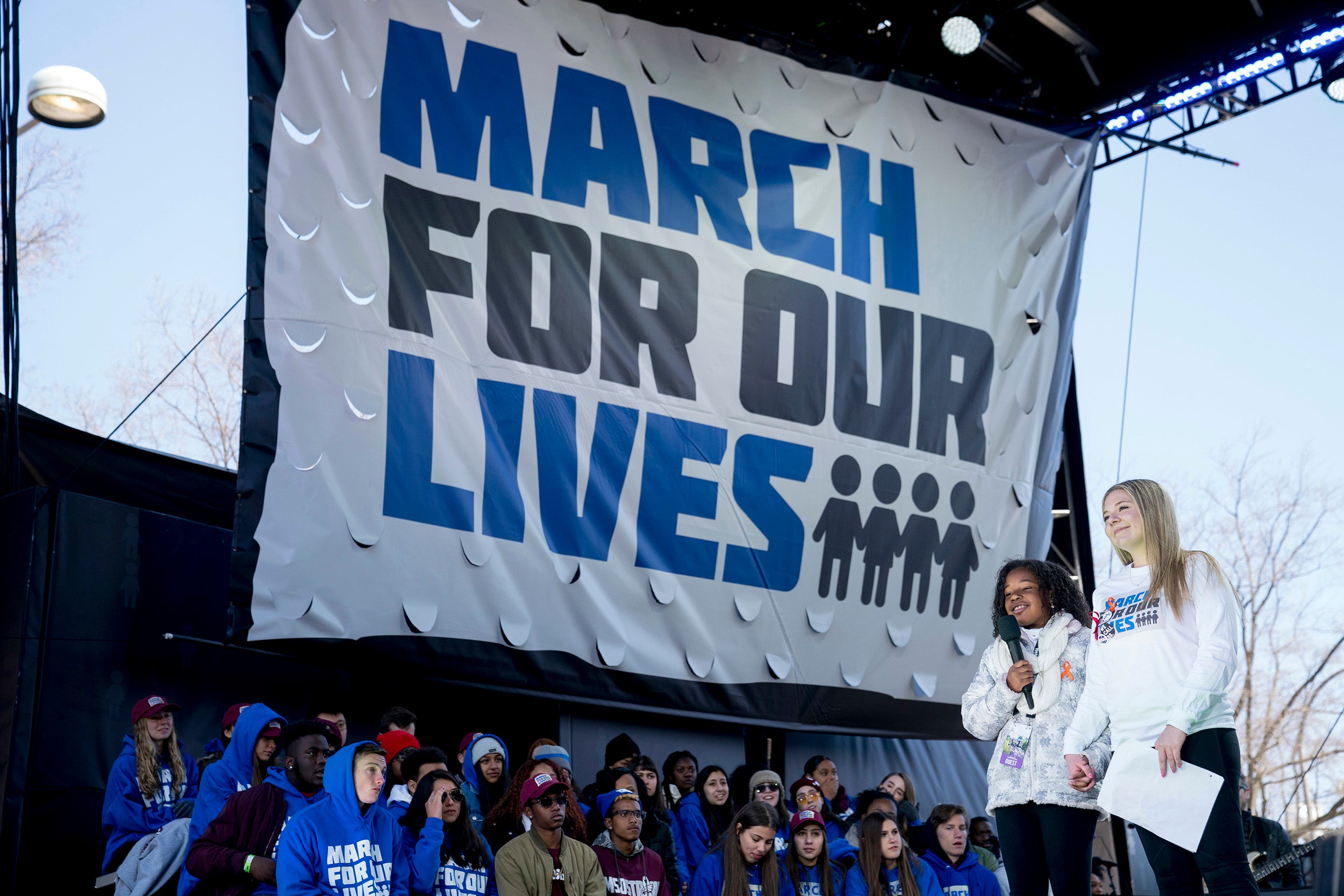
Kris Snibbe/Harvard Staff Photographer
Does right to bear arms override restraining orders against domestic abusers?
Expert on history of firearms restrictions examines upcoming landmark Supreme Court case
Do an abuser’s Second Amendment rights eclipse the government’s interest in protecting public safety?
The U.S. Supreme Court will soon decide whether government officials can continue prohibiting Americans under domestic-violence restraining orders from possessing firearms, a threat that disproportionately affects women on an individual basis — with violence that can ripple out to impact others in their communities.
The case involves a Texas man named Zackey Rahimi, who was served with a restraining order, temporarily barring him from possessing firearms under federal rules, after he allegedly assaulted and threatened his then-girlfriend in a parking lot. Police later charged him with violating the order after finding him in possession of two firearms while investigating reports he discharged his weapon in other public places.
Earlier this year, the U.S. Court of Appeals for the Fifth Circuit vacated Rahimi’s conviction for illegal firearms possession. The judges heavily relied upon the Supreme Court’s 2022 New York State Rifle & Pistol Association, Inc. v. Bruen decision, which established a new test for evaluating firearms restrictions. Now those laws must be “consistent with the Second Amendment’s text and historical understanding.” The Supreme Court has agreed to hear the Biden administration’s appeal in the case, with arguments scheduled for November.
The case deeply troubles Caroline E. Light, a senior lecturer and director of undergraduate studies in Women, Gender, and Sexuality. Light has researched U.S. gun law and gun culture from the 18th century to today and the race, gender, and class inequities surrounding them. The author of the 2017 book “Stand Your Ground: A History of America’s Love Affair with Lethal Self-Defense” told the Gazette why the U.S. continues to struggle with protecting its citizens from firearm violence and intimate partner violence (and how these stubborn forms of violence intersect). The interview was edited for length and clarity.
Q&A
Caroline E. Light
GAZETTE: The courts have had a lot to say lately about the history of gun laws. Should we start with last year’s Bruen decision?
LIGHT: It might make sense to look first at the 2008 District of Columbia v. Heller decision. The Second Amendment enshrines a collective right to self-defense for the public good, above all, to protect the new republic from a tyrannical centralized government. However, Heller established that the Second Amendment guarantees an individual right to armed self-defense. It paved the way for Bruen’s strict but selective originalism dictating that any restriction on that individual right needs to have a historical analog — meaning that all contemporary gun restrictions must be comparable to those that were in existence when the Second Amendment was written.
GAZETTE: That brings us to the recent Rahimi decision, in which the Fifth Circuit found no historical basis for removing guns from someone under a protective order.
LIGHT: We might call it selective originalism. Ignored are concurring opinions in the Bruen decision by Justices John Roberts and Brett Kavanaugh that the Second Amendment need not preclude a variety of regulations. Nor was Bruen supposed to be a “regulatory straitjacket” by which jurisdictions were prevented from imposing reasonable restrictions on people who might pose a threat to others. Zackey Rahimi himself has demonstrated that his behavior is a threat not just to his intimate partners — but also to the wider public.
GAZETTE: Is there, in fact, a historical basis for laws restricting gun ownership by those posing a threat?
LIGHT: In early America, some jurisdictions restricted firearm access of those who were considered a threat to public safety, including family members. Some laws disarmed groups of people considered “dangerous.” These laws typically targeted African Americans, Indigenous people, and those considered disloyal to the republic, groups who were excluded from the rights and privileges of full citizenship. While we should not base our contemporary legal terrain on these stigmatizing “public dangerousness” laws, we can see that, on their face, the goal was to protect public safety. However, the judges in the Fifth Circuit have argued that our contemporary protective orders are designed only to protect individuals, an intent that doesn’t have a precise analog in the public dangerousness laws.
GAZETTE: What do we know about the efficacy of regulations that remove guns from domestic abusers?
LIGHT: In place since 1996, Section 922 is a federal provision by which those found to be a danger to an intimate partner and subject to a civil protective order aren’t allowed to possess a firearm or ammunition. State-level data shows that these provisions reduce intimate partner-related homicides by more than 10 percent. The impact is even greater in cities. Clearly firearms are a powerful means for abusers not only to threaten and harass their victims, but also end their lives. Removing firearms from abusers actually saves lives.
GAZETTE: What do we know about the links between intimate partner violence and threats to the wider public?
LIGHT: A paper came out two years ago showing a tight correlation between mass shootings and intimate partner or family violence. The authors analyzed the Gun Violence Archive’s longitudinal data and discovered that well over half of the mass shootings in the United States involve immediate, in-the-moment intimate partner or family violence. An even larger proportion included perpetrators with histories of what is often considered “private violence” against intimate partners or family members. There’s a tight correlation between “public” violence and what we typically think of as “private” violence. I think we need to elevate this research, which suggests that we might prevent many mass shootings if only we would remove firearms from those who demonstrate violent behavior toward the people who are closest to them.
GAZETTE: Sen. Kirsten Gillibrand of New York and Rep. Cori Bush of Missouri, both Democrats, moved this summer to revive the Equal Rights Amendment, which was crafted to bolster protections from gender-based violence. If they are successful, would that help in cases like Rahimi?
LIGHT: It’s hard to imagine, since the ERA was cut off at the knees in the 1970s. But I see Bruen and the Dobbs decision [also from 2022] working together to enshrine a culture of misogyny that disproportionately restricts how people with uteruses live their lives, while exacerbating the conditions under which those same people are subject to violence. One recent study showed that in households experiencing some kind of domestic violence, having a gun in that space raises the chance of the victim dying by 500 percent. The cruel irony is that many challenged the ERA based on the faulty assumption that it would undermine women’s safety and access to chivalric protection. Think of how conveniently that protective excuse fades away when firearm regulation is on the table.







